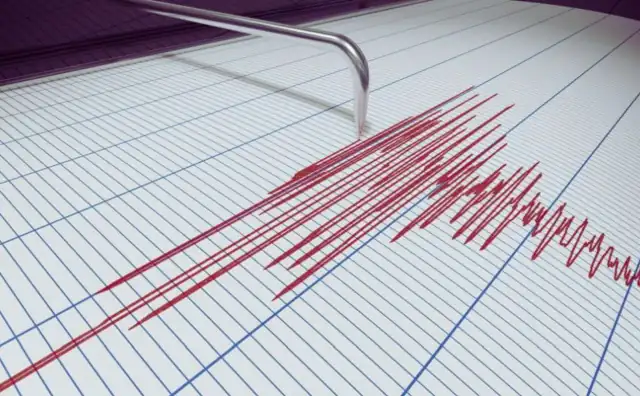
A series of minor earthquakes were recorded in the Nessebar area on the night of April 24, 2025, with the strongest tremor measuring 3.3 on the Richter scale.
The seismic events occurred within a 30-minute period, starting at 23:03 with a 2.5 magnitude earthquake, followed by a 2.1 magnitude tremor two minutes later, and culminating in a 2.4 magnitude quake at 23:24.
The strongest of these quakes took place at 23:09 and had a depth of 25.8 km, with its epicenter located approximately 30 km from Burgas, a coastal city on the Black Sea.
According to the National Seismological Center at the Bulgarian Academy of Sciences (BAS), the region is experiencing ongoing seismic activity, with tremors continuing to be recorded.
Despite the relatively low magnitudes of these earthquakes, the frequent aftershocks and the proximity of the epicenter to densely populated areas such as Burgas and Nessebar have raised concerns about potential impacts on infrastructure and public safety.
The earthquake events occurred roughly 380 km from Bulgaria’s capital, Sofia, a region not typically known for frequent seismic activity compared to neighboring countries like Turkey and Greece.
However, Assoc. Prof. Plamena Raykova, Head of the Seismology Department at BAS, confirmed that the country lies within an active seismic zone, and such minor tremors are not unusual.
In related seismic news, Assoc. Prof. Raykova also provided insights into the aftermath of the recent 6.2 magnitude earthquake that struck the Marmara Sea region in Turkey.
This earthquake, which occurred along the North Anatolian Fault, was followed by more than 260 aftershocks.
These aftershocks are expected to persist for months, with microshocks likely to continue for up to a year, detectable only by specialized seismic equipment.
The North Anatolian Fault, known for its seismic activity, has been the site of several major earthquakes in the past, including the devastating 1999 Izmit earthquake, which caused extensive damage and loss of life.
Raykova noted that while such aftershocks are common in regions with active fault lines, their occurrence does not necessarily indicate a major imminent threat but should be closely monitored.
While Bulgaria’s seismic activity remains comparatively lower than that of Turkey, certain regions are still prone to earthquakes.
Assoc. Prof. Raykova highlighted areas such as Krupnik-Kresna, Sofia, Shabla, Plovdiv, Gorna Oryahovitsa, and the Maritsa Valley as being more susceptible to seismic activity due to their geological characteristics.
Raykova further emphasized the importance of proper construction standards and safety measures in mitigating the risk of significant damage or casualties.
Although densely populated areas are more vulnerable to the social and economic impacts of strong earthquakes, modern building codes and reinforced structures can reduce the potential for widespread destruction.
The recent seismic events in Nessebar serve as a reminder of the ongoing risk of earthquakes in the region, urging both authorities and citizens to remain vigilant and prepared for future tremors.
While the activity may seem mild at present, experts caution that increased monitoring and proactive safety measures are critical to minimizing risks associated with seismic hazards in Bulgaria.
